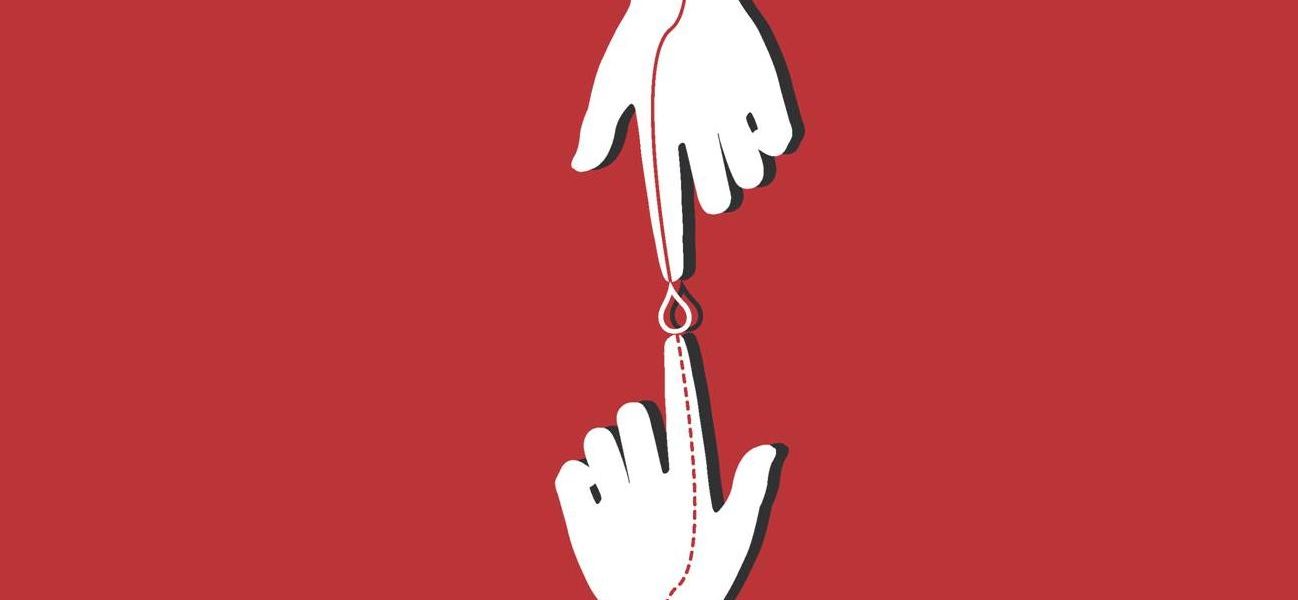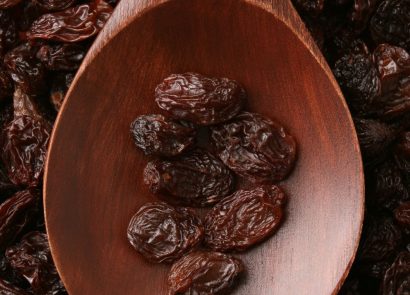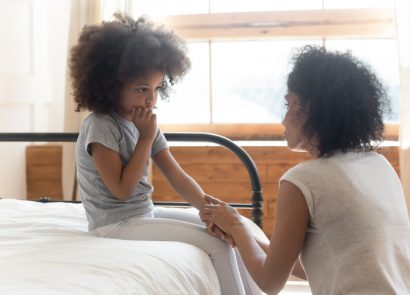Worried about what happens when you give blood? We’re on hand to give you the lowdown
In the UK, 1.6 million units of blood are needed a year to meet patients’ needs (nhs.uk) but in 2018, the number of new donors in the UK only reached 150,103. If you’ve always thought about signing up to donate, but never got around to it, then World Blood Donation Week, starting on the 14th of June, is as good a time as any to think about what it is that’s stopping you. Whether it’s lack of time, or a worry that it may feel uncomfortable or leave you feeling groggy afterwards, there are lots of misconceptions surrounding what actually happens when you’re sat in the chair for the first time.
Q&A: Will giving blood feel uncomfortable?
A lot of people aren’t keen on giving blood because they think that it will hurt. But the only slightly uncomfortable sensation that people comment on is the tightening of the cuff, which is placed on your arm to maintain a small amount of pressure during your donation. You might have even had this done as part of a routine check-up at your GP surgery. “Your arm will be examined to find a suitable vein before being cleaned with an antiseptic sponge,” says Mike Stredder, the director of blood donation in the UK (blood.co.uk). “The insertion of the needle is often described as a ‘scratch’ and donors are advised to undertake muscle tension exercises during the donation to help maintain blood pressure. Donating blood usually takes between five and 10 minutes and once the donation is finished, the needle will be removed and a sterile dressing will be applied to your arm.”
Myth: There are so many people giving blood already, so mine won’t make a difference
Unfortunately, once taken, blood can only be stored for 35 days. “This means we need regular donations throughout the year,” explains Mike. “We collect nearly 5,000 donations at more than 50 locations every day, but every year donors become ill or their lifestyle changes which impacts their eligibility to donate. So, we’re always looking for new donors to replace them. If you’re a new donor who can’t find an appointment, please don’t worry, we need blood all-year-round – we’d love you to make an appointment in the future. Your donation will still save lives.”
Q&A: If I’m vegan or vegetarian, can I give blood?
Haemoglobin, or ‘Hb’, is a protein found in the red blood cells that carries oxygen around your body and gives blood its red colour. “Every time you come to give blood we check your haemoglobin level,” says Mike. “These vary from person to person and men usually have higher levels than women. We test these levels to make sure your haemoglobin will not drop below normal after you have donated. Although iron from non-meat sources is more difficult for the body to absorb, people following a well-balanced vegetarian or vegan diet should get enough iron in their diet.”
Myth: Donating your blood takes a long time
“We aim to have you in and out in under an hour, but the actual donation itself usually takes just five to 10 minutes,” says Mike. “We want to make sure you have a great experience and keep coming back. After your donation has finished, you can have a free drink and a free snack before getting on with the rest of your day. After you donate, we aim to send you a text message when your blood is sent to a hospital and give you the name of that hospital as well. People love getting these text messages.”
Q&A: Can you feel your blood being taken?
“Following the insertion of the needle, there should be no feeling of the blood being taken,” says Mike. “An agitator scale constantly weighs and measures your donation and will stop automatically when it is complete. Donor carers will be available when you need them and, if you require assistance or have any concerns during donation, you can make staff aware by raising your non-donation arm.”
Myth: I can’t give blood because I don’t know my blood type
“It’s not a requirement to know your blood type in order to donate blood,” explains Mike. “Often, the first time donors find out what their blood type is after their first donation has been processed. Afterwards, your donation is transported to one of our blood centres where it’s tested and processed before being issued to hospitals.” There are eight main blood types but some are more common than others. The list below shows the percentage of donors with each blood type:
- O positive: 35 percent
- O negative: 13 percent
- A positive: 30 percent
- A negative: 8 percent
- B positive: 8 percent
- B negative: 2 percent
- AB positive: 2 percent
- AB negative: 1 percent
Getting back on your feet
To help you stay well after you’ve given blood, you’re advised to:
- Keep the pressure dressing on your arm for about 30 minutes after you have given blood, and the plaster on for six hours
- Rest for a short time
- After giving blood, eat and drink (you will be encouraged to have at least two drinks and a snack before you leave)
- Avoid using the donation arm to carry anything heavy for the rest of the day
- Avoid having a hot bath after you have given blood
“If it wasn’t for people donating their blood, then my dad wouldn’t have made it to my wedding”
Generous blood donors made it possible for Kacey Paull, 25, Gloucestershire, to have her dad Robert, walk her down the aisle on her wedding day.
“My dad battled terminal cancer for 11 years. He was in a lot of pain walking me down the aisle, but it was his final push. So after it happened, I gave my first ever blood donation. I’m really needle-phobic and it was a huge thing for me to sign up to. I was texting my dad all the way through my first donation. Sadly, my dad died just 10 weeks after our wedding, exactly a week before his 55th birthday, but if it wasn’t for people donating their blood, then my dad wouldn’t have made it to my wedding. There are no words to describe how lucky I felt to have had that moment with him.”




















